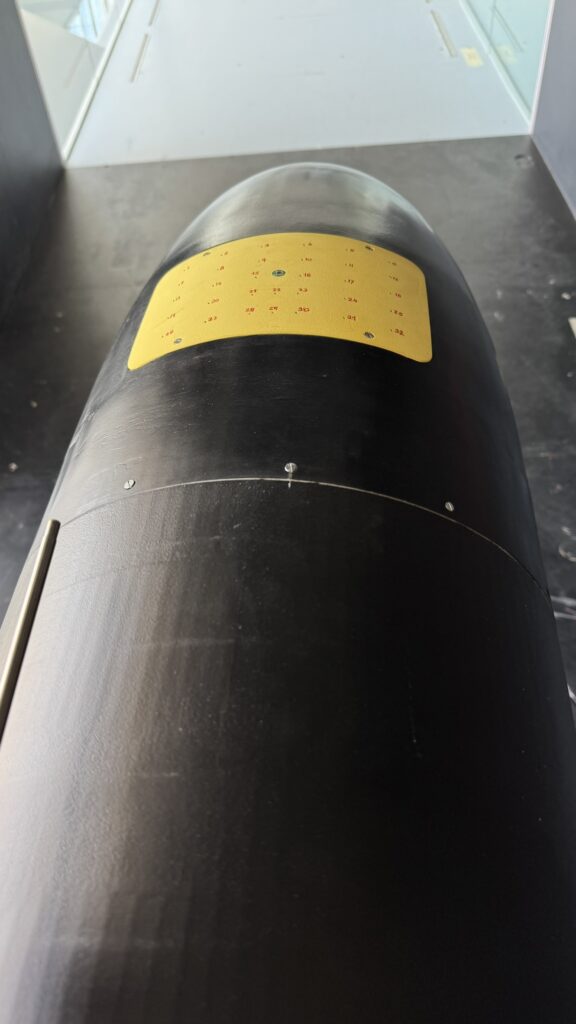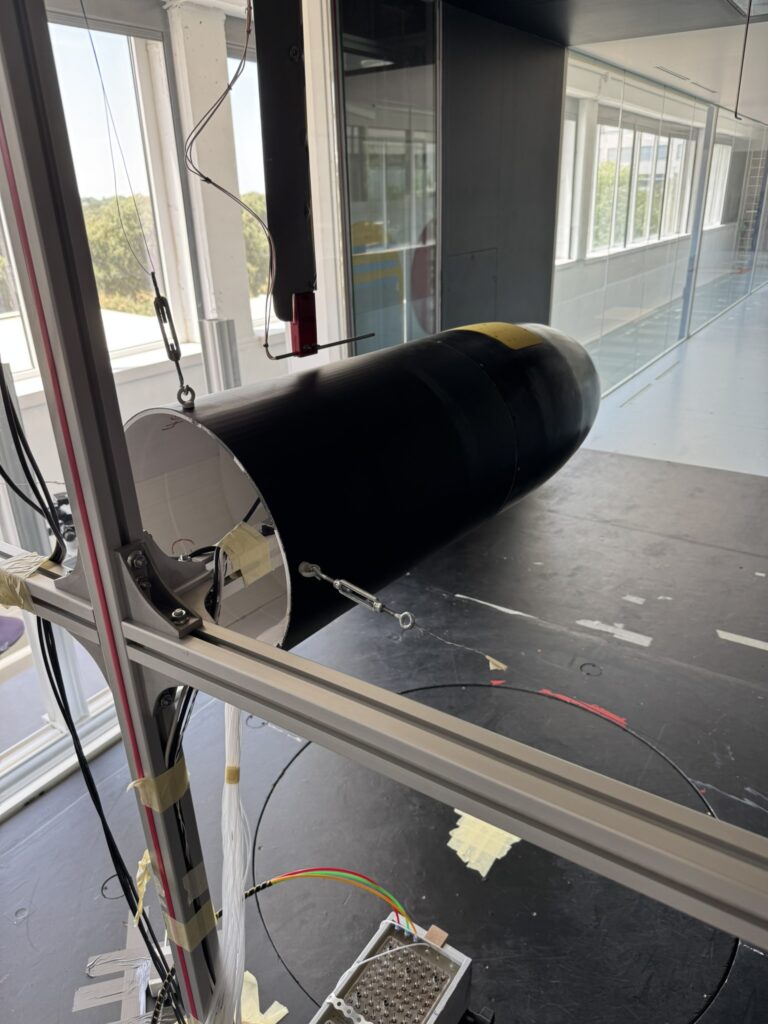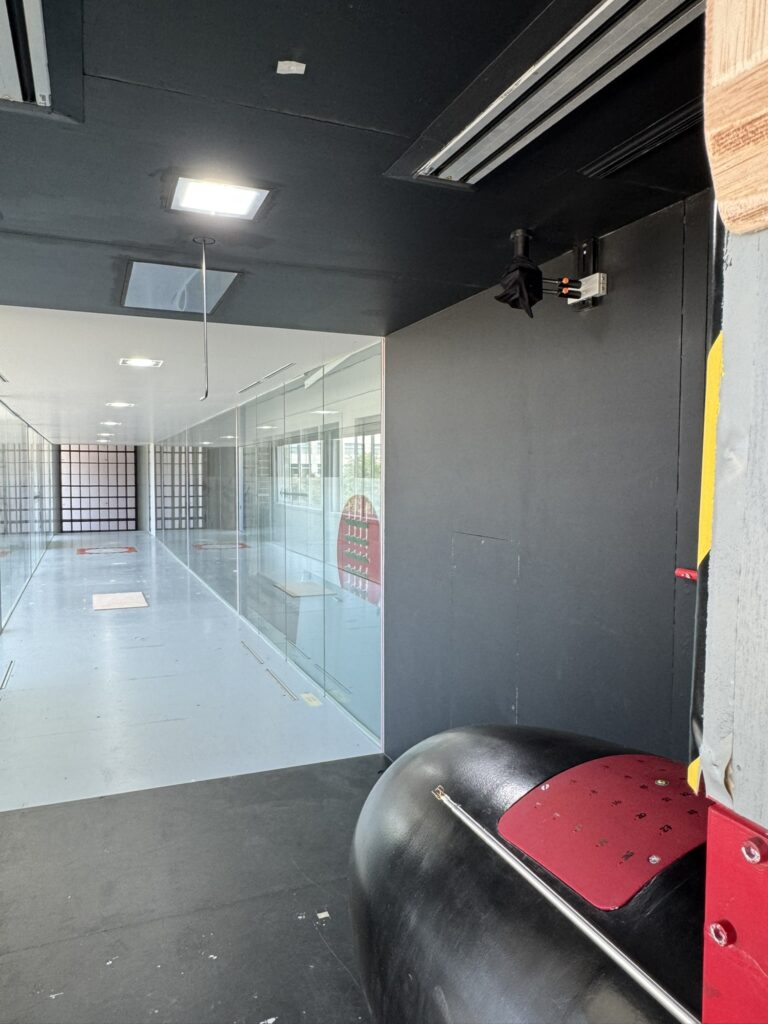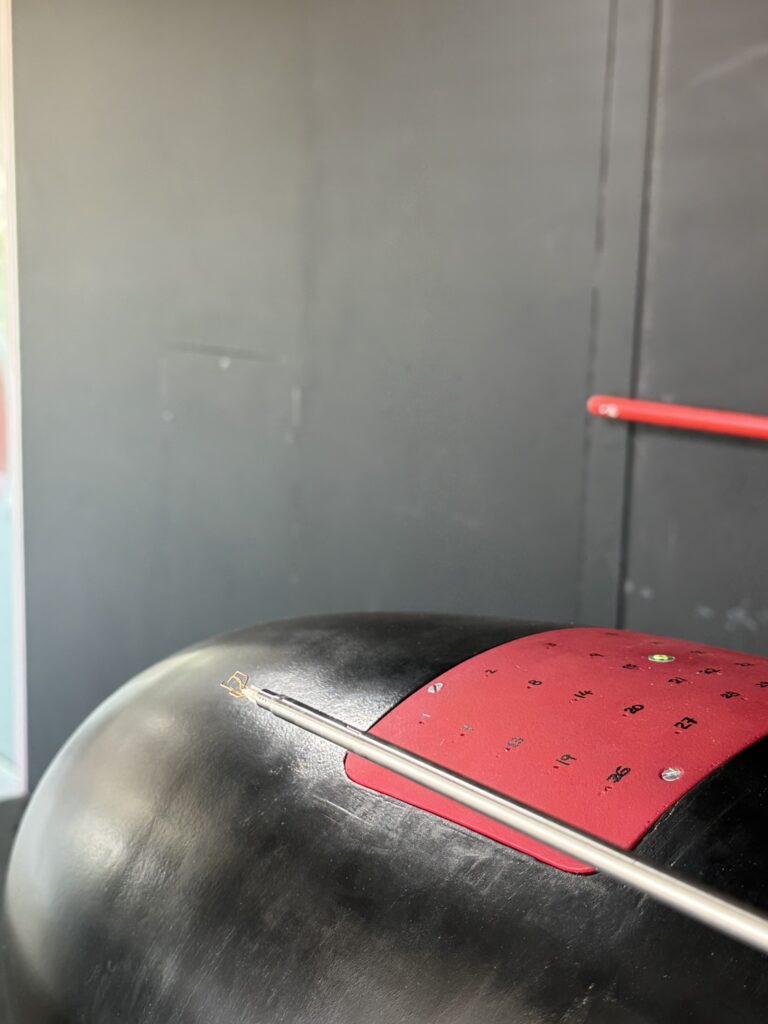













AEROSKIN (Smart Skin for Airflow Sensing) is a project that aims to unlock the ability to monitor airflow in multiple locations in a non-intrusive manner. It is a key technology with multiple applications, such as optimising aircraft flight efficiency, improving electricity generation in wind turbines, or monitoring the structural health of components exposed to airflow.
‘Smart Skin’ is a flexible, non-intrusive structure capable of locally measuring airflow characteristics at multiple points simultaneously, rather than providing information at a macroscopic level, as is currently done. This technology is critical for developing aircraft that can adapt their shape during flight, which is one of the key areas of focus to meet the EU’s ambitious targets for reducing fuel consumption and emissions in the aerospace industry.
With the aim of creating a low-observability air data system, a sensor has been designed that can measure the speed and direction of airflow locally. This sensor has been tested in the wind tunnel at the Universidad Politécnica de Madrid (UPM) and trialled on the nose cone of a Scrab III at the UPM facilities. The results confirm that the sensor’s measurements correlate perfectly with the speed and direction of the airflow, successfully fulfilling the project’s main objective.
AEROSKIN has the ability to measure the local state of an airflow, offering various applications. It is important to note that these are surface-integrated sensors (flush sensors), resulting in a low radar signature due to their reduced observability, while also minimising aerodynamic interference.
Its main applications include:
Sener (coordinator), Universitat Politécnica de Catalunya and Universidad de Sevilla.
A project developed for the Spanish Ministry of Science and Innovation.
Funding provided by: MCIN/AEI/10.13039/501100011033 and the European Union NextGenerationEU / PRTR (Project No. CPP2021-008740)








